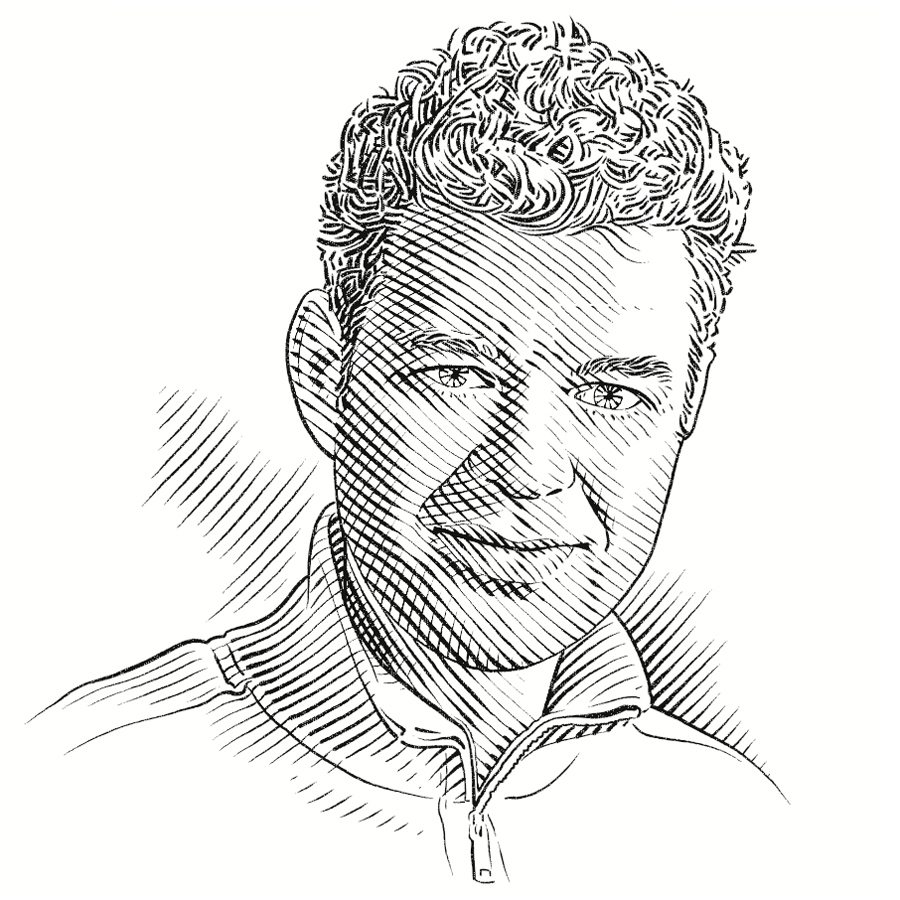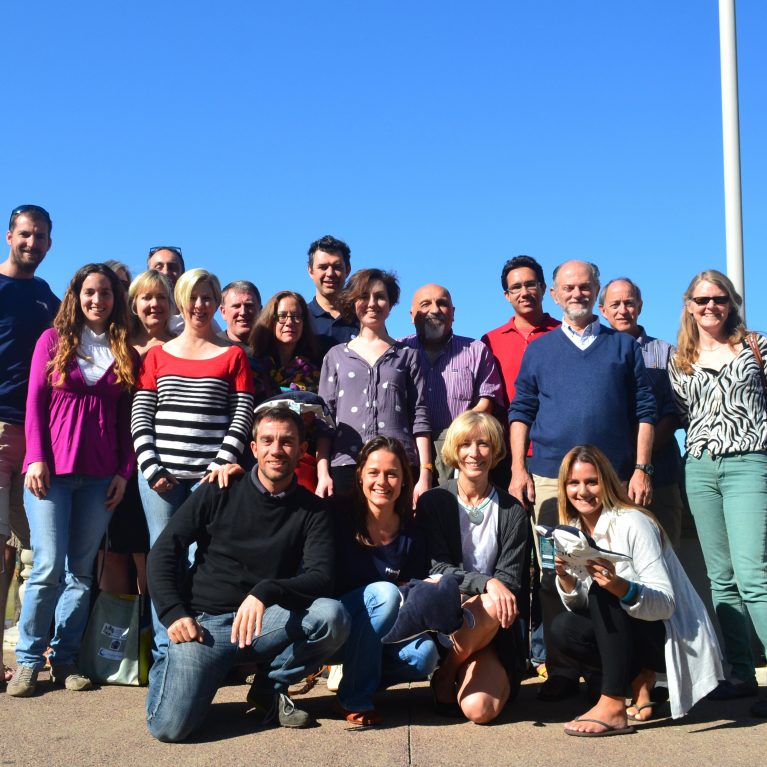The sawfish report
Sawfishes used to be found around the world and were an important part of traditional cultures. Now they are the world’s most endangered marine fish. Nick aims to develop and publish a global strategy to conserve them.
Sawfish Conservation Strategy
This project will develop and publish a Sawfish Conservation Strategy. This strategy will be a summary of all the available information about sawfishes around the world. It will include details of sawfishes’ historic and current distributions and the specific threats that they face in each location. Most importantly, the plan will include recommendations for important sawfish research, education and conservation activities that we will then be targeted for future funding proposals.
Historically, sawfishes were widespread in shallow tropical and subtropical coastal waters and estuaries. Now, some sawfishes are locally and regionally extinct from large parts of their former range. With their long, toothed ‘saws’, sawfishes are easily entangled in fishing nets. They are also caught on hooks in both commercial and recreational fisheries as by-catch.
The IUCN Shark Specialist Group is responsible for assessing over 1,100 chondrichthyan fishes for the Red List. The recently completed Global Red List Assessment identified 191 species as threatened and facing an elevated risk of extinction. The assessment also identified a small number of families that deserve the highest priority for conservation action. Sawfishes (family Pristidae) fall into this highest priority category because all seven species are listed as Critically Endangered. There is a very real risk that this ecologically unique and evolutionarily distinct lineage will vanish in our lifetime.
Historically, sawfishes were widespread in shallow tropical and subtropical coastal waters and estuaries. Now their distribution is severely fragmented and some sawfishes are locally and regionally extinct from large parts of their former range. The long, toothed rostra of sawfishes are easily entangled in fishing nets. They are also caught as utilised incidental by-catch on hooks in both commercial and recreational fisheries. All species live within only heavily fished coastal waters, and they have little scope for refuge in deeper waters from the increasing reach of fisheries; this is the biggest threat to their survival. Habitat degradation and modification, and pollution also pose significant threats to the viability of the remaining sawfish populations. Furthermore, sawfish are popular species for public aquariums. Due to the growth in the number of large aquariums, there appears to be an increasing interest in sawfishes for displays. One of the tasks of the IUCN specialist groups is to develop species strategies for those species that would benefit from immediate conservation action. Sawfish are clearly in need of urgent help.
The aim of this project is to develop and publish a Sawfish Conservation Strategy. Are objectives are to:
- Investigate the historic and current distribution, and status of all sawfish species, and the threats to them.
- Identify funding and conservation priorities for sawfishes.
- Highlight potential new conservation tools for the protection of sawfishes.
- Generate clear, prioritised recommendations for meaningful research, education and conservation action.
- Raise awareness among policy-makers, the media and the public.


